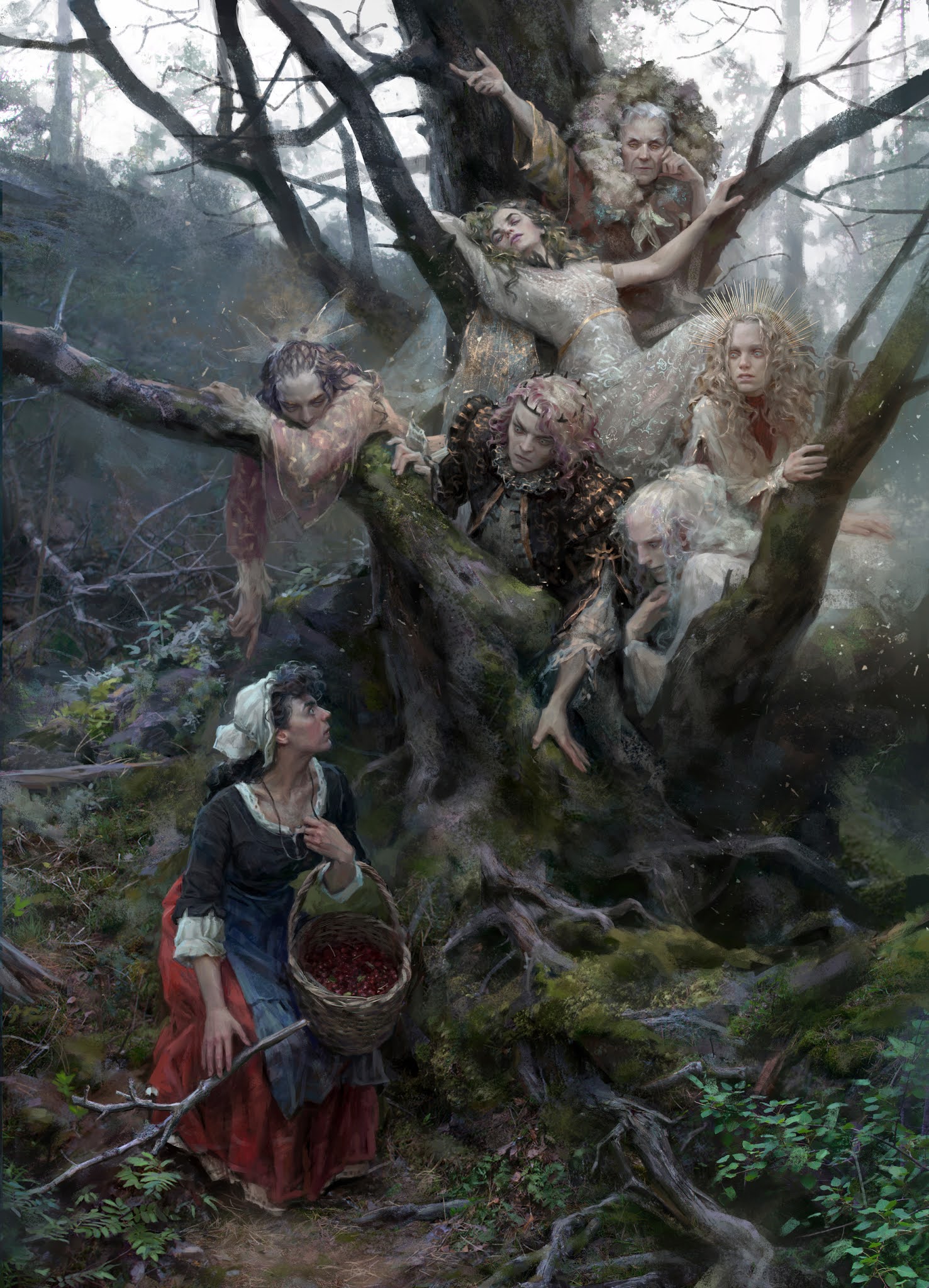Jakub Schikaneder "Murder in a House", 1890
In this painting, the artist depicted a young woman lying in the courtyard of an apartment building. The neighbors gathered around are trying to figure out what happened here.
The picture was painted by the Czech artist Jakub Schikaneder, who, in general, devoted his paintings to the life of ordinary poor people. His work called "Murder in the House", which hides a whole detective story, was no exception.
The master began painting the picture in 1889, in the fifth year of his work as a teacher at the School of Decorative Arts in Prague. For him, "Murder in the House" was undoubtedly an attempt to gain recognition outside the Austro-Hungarian monarchy; hence the monumental size of the painting - 203 x 321 cm.
The artist himself did not say anything about the location of the crime depicted in the story, but researchers have found that the case takes place in the cul-de-sac of Szpitalska Street, leading from Rabinska Street to the Jewish Quarter.
Jakub Schikaneder was well acquainted with the Jewish ghetto in Prague before its liquidation, as he himself had lived there since 1872 in house No. 186 on the corner of Dušní and Masářská Streets. At the end of the 19th century, the Jewish ghetto was the place where the poorest inhabitants of Prague lived. In this context, Schikaneder's painting can be seen as a social critique.
Immediately after the painting was created, the artist exhibited it at an international exhibition in Berlin, where the work caused an unprecedented stir. Crowds of spectators stood near the painting for hours, wondering whether it was really a murder or whether the heroine herself threw herself out of the window.
The artist himself gives a direct answer to this question in the title of the painting. In addition, at the exit from the house one can see a large bloodstain, judging by which the woman came out still alive, walked a few steps and fell in the middle of the yard.
At the same time Schikaneder does not give the viewer any hints as to who exactly was the murderer of the heroine and for what the young beauty paid with her life. The master has preserved an appealing mystery in his painting and given us a solid reason for reflection.







